Film Studies
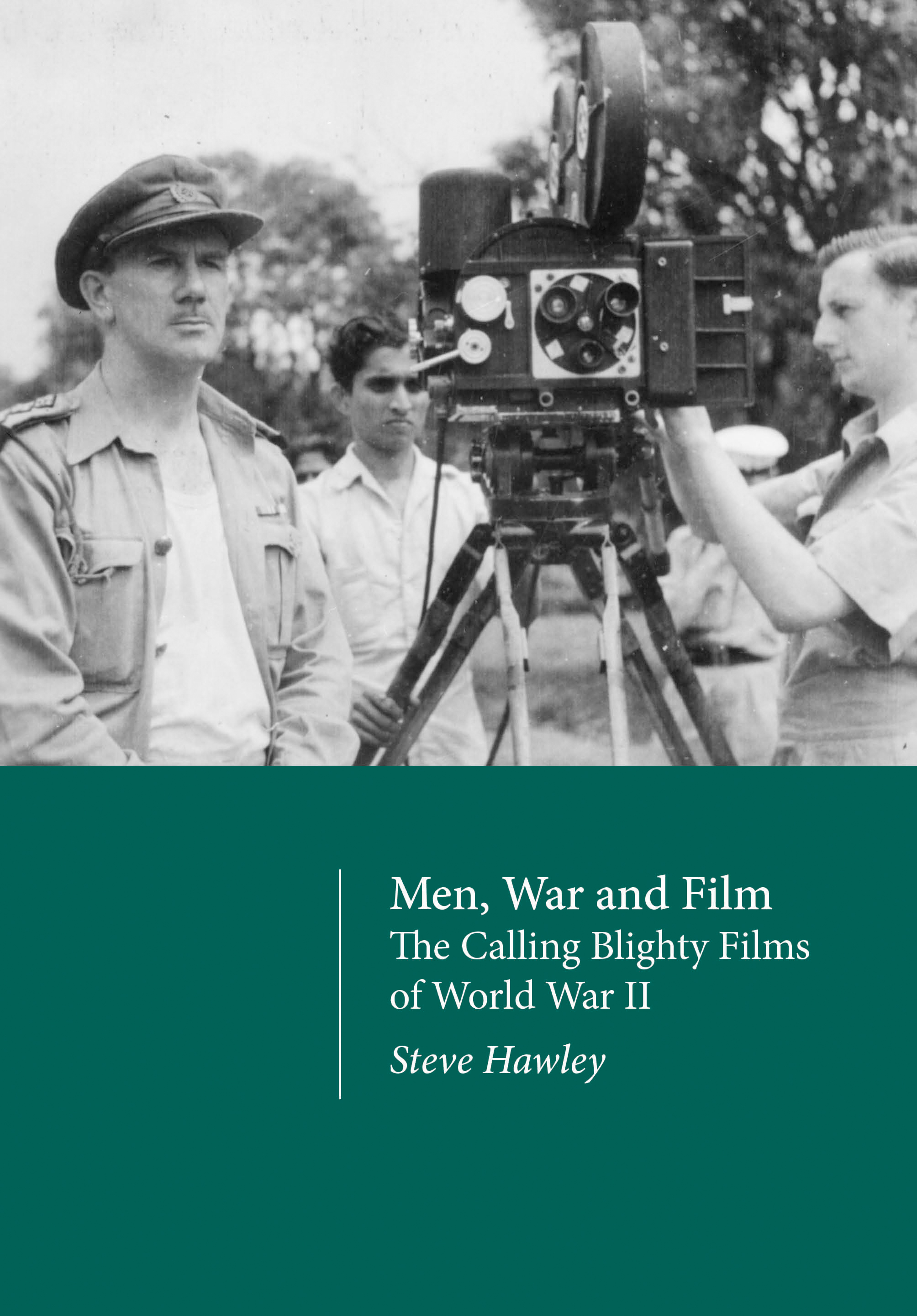
Men, War and Film
The Calling Blighty series of films produced by the Combined Kinematograph Service produced towards the end of the Second World War were one-reel films in which soldiers gave short spoken messages to the camera as a means of connecting the front line and the home front. These are the first ever films where men speak openly in their regional accents and they have profound meaning for remembrance documentary representation and the ecology of film in wartime.
Of the 400 films (or ‘issues’) made 64 survive. Each of those contained around 25 individual messages. Men – and a very few women - from a particular city town or region were grouped together for the films to make regional screenings back in UK cinemas and town halls possible. Personnel from all three services are featured but the men are predominantly from the army units. Screenings took place at a cinema in the subjects’ local area and were usually organised by the regional Army Welfare Committee. The names and addresses of those to be invited to the screenings were sent to the UK along with the films.
Until now these films have barely been researched and yet are a valuable source of social history as well as representing a different mode from the mainstream of British wartime documentary. This book expands the history of Calling Blighty and places it in a broader context both past and present. New research reveals the origins of the film series and draws comparisons with written and oral contemporary sources.
Steve Hawley is an artist/filmmaker whose work has been screened worldwide and has collaborated closely with the North West Film Archive UK. He is emeritus professor at the Manchester Metropolitan University UK.
Using memoirs and diaries Steve Hawley has researched the roles in the Burma campaign of participants in the surviving films and traced over 160 of the families of the men – and two men still alive – and recreated these wartime screenings.
Hawley’s book is part description of the films part reclamation of a largely unknown genre of wartime filmmaking partly an account of the Burma campaign and partly a discussion of war and memory. Engagingly and warmly written.
It will be of interest to scholars and researchers in the areas of war studies especially those specializing in the social rather than military history of warfare and historians of British wartime cinema and documentary. Also useful for an undergraduate audience in history media/film studies.
Potential for readers with an interest in the Second World War particularly the war in Burma and those with an interest in family history of the period.
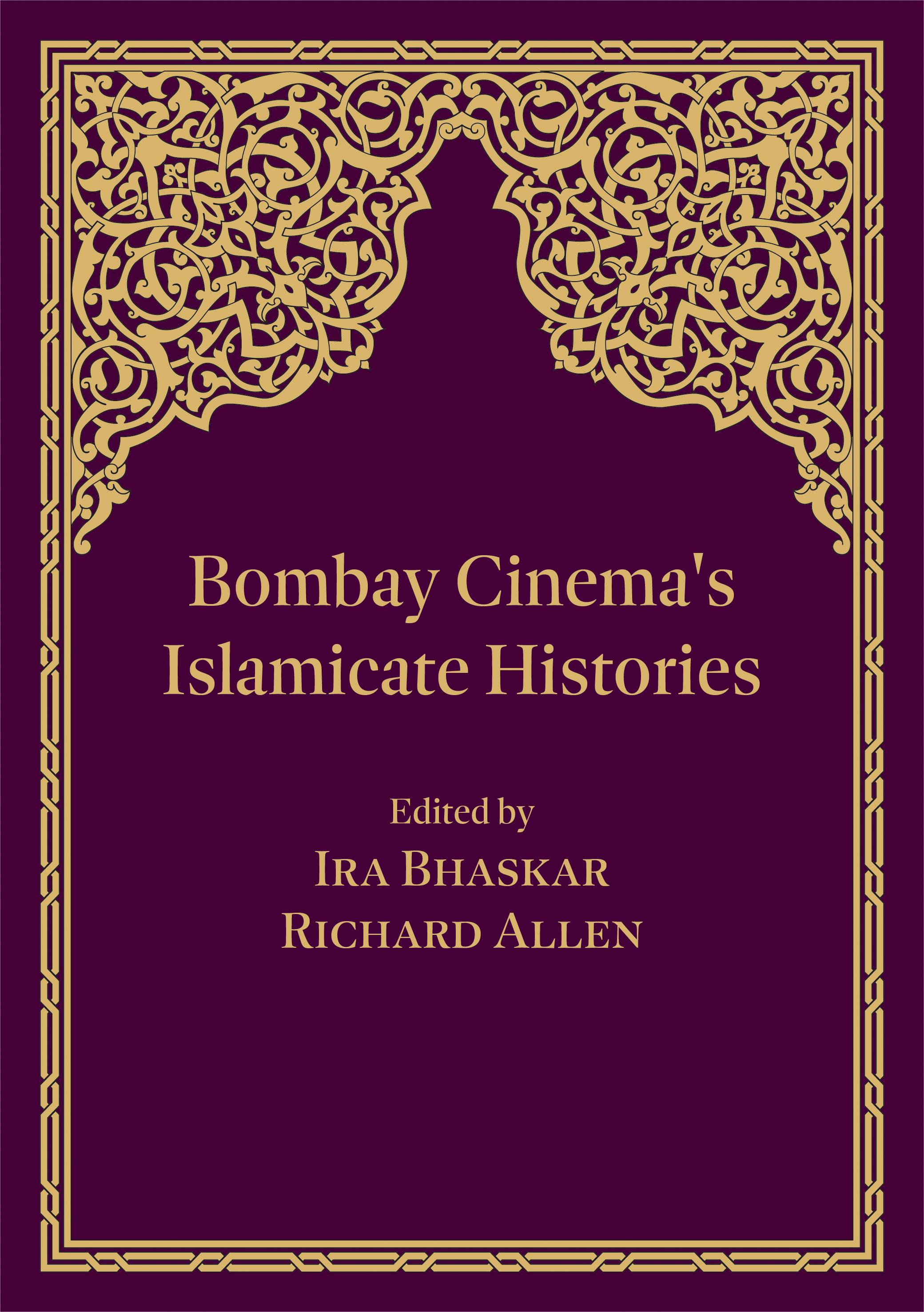
Bombay Cinema's Islamicate Histories
Bombay Cinema's Islamicate Histories comprises fourteen essays on the history and influence of cultural Islam on Bombay cinema. These essays are written by major scholars of both South Asian cultural history and Indian cinema working across several continents. Following Marshal Hodgson the term ‘Islamicate’ is used to describe Muslim cultures in order to distinguish the cultural forms associated with Islam from the religion itself. Such a distinction is especially important to observe in South Asia where over a thousand-year history Muslim cultures have commingled with other local religious and cultural traditions to form a rich vein of syncretic aesthetic expression. This volume argues that the influence of Muslim cultures on Bombay cinema can only be grasped against the backdrop of this long history an argument that informs the shape of the whole.
The book is divided into two sections. The first ‘Islamicate Histories’ charts the historical roots of South Asian Muslim cultures and the precursors of Bombay cinema’s Islamicate idioms in the Urdu Parsi Theatre the Courtesan cultures of Lucknow the traditions of miniature painting poetry song and their performance and the various modes of story-telling that derive from Perso-Arabic traditions. The second section ‘Cinematic Forms’ discusses the way in which these Islamicate histories are partially constitutive of the traditions of representation performance and story-telling that give Bombay cinema its distinctive character traditions that have continued into Bollywood. It explores ‘Islamicate’ genres like the ‘Oriental’ film and the ‘Muslim Social’ as well as forms of poetry and performance like the ‘ghazal’ and ‘the qawwali’.
Bombay Cinema’s Islamicate Histories is published at a time of acute crisis in the perception and understanding of Islam where Islamophobia stereotypes Muslims as incipient fifth column and Hindu fundamentalism is ascendant. It demonstrates that Muslim and Hindu cultures in India are inextricably entwined and shows how the syncretic idioms of Islamicate cultural history inform the very identity of Bombay cinema even as that cinema has also instrumentalized Islamicate idioms to stereotype and even demonise the Muslim especially in contemporary Bollywood.
This book argues that many of the idioms of Bombay cinema that we love are derived from the historical influence of Muslim cultures as they interacted with other traditions in the Indian subcontinent. It traces the emergence of cultures of poetry dance song performance and story-telling out of the thousand-year history of Islam on Indian soil and describes the ways in which they underlie and inform the expressive forms of Bombay cinema. It is timely to be reminded of the contribution of Muslim cultures to the distinctive and widely recognized popular cinema of India at a historical moment when the cultural influence of Islam on India is being denied by forces which seek to turn the country away from cultural pluralism towards Hindu fundamentalism. Bombay Cinema’s Islamicate Histories features contributions by major scholars of both South Asian cultural history and Indian cinema working across several continents.
The audience for this book will be primarily graduate and advanced undergraduate students of film studies. The writing is accessible and lively and individual chapters will be suitable for classroom use.
It will be of value in disciplines outside film studies where the Islamicate tradition in general and its impact on film in particular is taught. It will find an audience in disciplines such as history cultural studies women's studies visual studies and South Asian area studies. It will also be of interest to anyone who wants to know how cinema negotiates the parameters of Muslim identity in response to historical and contemporary events in India.

Architecture and the Urban in Spanish Film
This will be the first edited collection in English on urban space and architecture in Spanish popular film since 1898. Building on existing film and urban histories this innovative volume will examine Spanish film through contemporary interdisciplinary theories of urban space the built environment visuality and mass culture from the industrial through to the digital age.
Architecture and Urbanism in Spanish Film brings together the innovative scholarship of an international and interdisciplinary group of film architecture and urban studies scholars thinking through the reciprocal relationship between the seventh art and the built environment. Some of the shared concerns that emerge from this volume include the ways cinema as a new technology reshaped how cities and buildings are built and inhabited since the early twentieth century; the question of the mobile gaze; film's role in the shifting relationship between the private and the public; film and everyday life; monumentality and the construction of historical memory for a variety of viewing publics; the impact of the digital and the virtual on filmmaking and spectatorship.
Primary readership will be those researching teaching and studying Spanish film international film studies urban cultural studies cultural studies and architects who are interested in interdisciplinary endeavours.
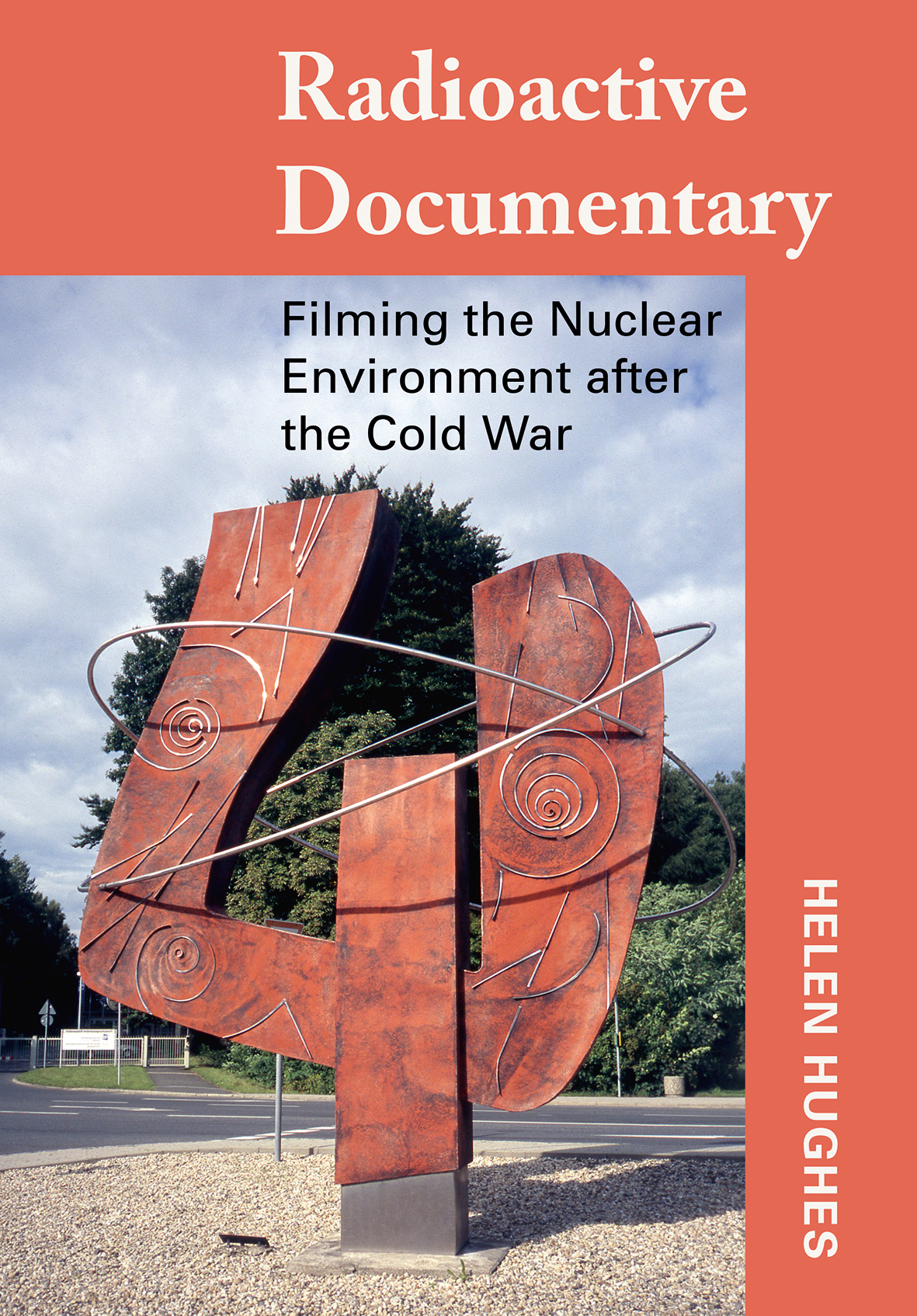
Radioactive Documentary
How have nuclear issues been covered in documentary since the end of the Cold War? This original new book explores how the sometimes elusive sometimes dramatic effects of uranium products on the landscape on architecture and on social organisation continue to show up on-screen maintaining a record of moving images that goes back to the early twentieth century.
It is the first book to analyse independent documentary films about nuclear energy - it suggests an approach to documentary films as agents of change.
Each chapter of this book focuses on one of ten different documentary films made in Europe and North America since 1989. Each of these films works the material and the ideological heritage of the nuclear power industry into visions of the future. Dealing with the legacy of how ignorance and neglect led to accidents and failures the films offer different ways of understanding and moving on from the past. The documentary form itself can be understood as a collective means for the discovery of creative solutions and the communication of new narratives. In the case of these films the concepts of radioactivity and deep time in particular are used to bring together narrative and formal aesthetics in the process of reimagining the relationships between people and their environments.
Focusing on the representation of radioactive spaces in documentary and experimental art films the study shows how moving images do more than communicate the risks and opportunities and the tumultuous history associated with atomic energy. They embody the effects of Cold War technologies as they persist into the present acting as a reminder that the story is not over yet.
Primary readership will be academics and students working in environmental communication and in environmental humanities more broadly. For students of independent film or documentary it will also provide a clear picture of contemporary themes and creative practice.
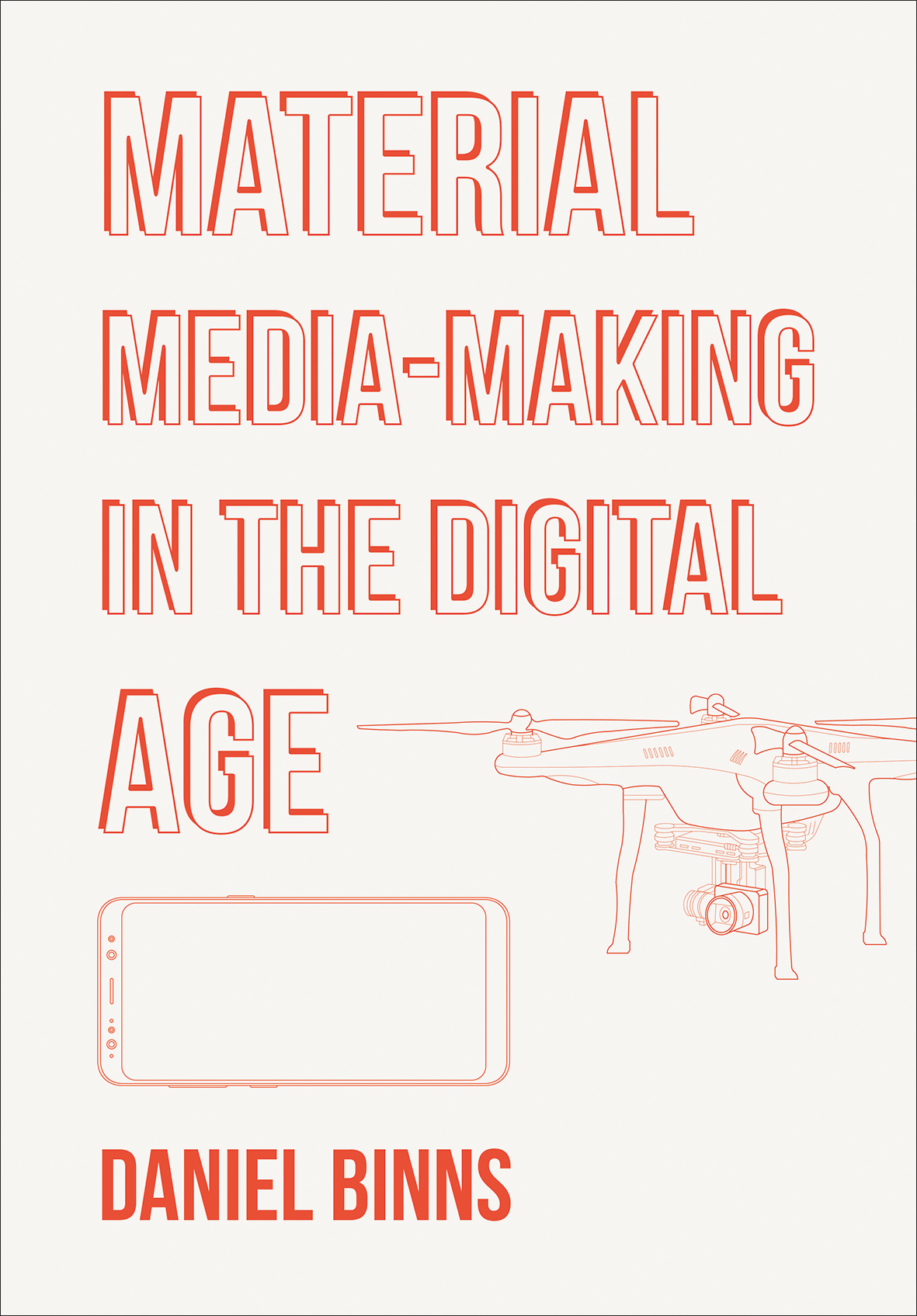
Material Media-Making in the Digital Age
There is now no shortage of media for us to consume from streaming services and video-on-demand to social media and everything else besides. This has changed the way media scholars think about the production and reception of media. Missing from these conversations though is the maker: in particular the maker who has the power to produce media in their pocket.
How might one craft a personal media-making practice that is thoughtful and considerate of the tools and materials at one's disposal? This is the core question of this original new book. Exploring a number of media-making tools and processes like drones and vlogging as well as thinking through time editing sound and the stream Binns looks out over the current media landscape in order to understand his own media practice.
The result is a personal journey through media theory history and technology furnished with practical exercises for teachers students professionals and enthusiasts: a unique combination of theory and practice written in a highly personal and personable style that is engaging and refreshing.
This book will enable readers to understand how a personal creative practice might unlock deeper thinking about media and its place in the world.
The primary readership will be among academics researchers and students in the creative arts as well as practitioners of creative arts including sound designers cinematographers and social media content producers.
Designed for classroom use this will be of particular importance for undergraduate students of film production and may also be of interest to students at MA level particularly on the growing number of courses that specifically offer a blend of theory and practice. The highly accessible writing style may also mean that it can be taken up for high school courses on film and production.
It will also be of interest to academics delivering these courses and to researchers and scholars of new media and digital cinema.

Paolo Sorrentino’s Cinema and Television
The Naples-born director and screenwriter Paolo Sorrentino has to date written and directed nine films winning an Oscar a Bafta and a Golden Globe for The Great Beauty in 2013. In 2016 he created and directed his first TV series The Young Pope which starred Jude Law. John Malkovich joined the cast in 2020 for the follow-up series. He has established himself as a world-leading auteur with a list of critically acclaimed and award-winning films.
This is an invaluable contribution to the existing literature on Sorrentino and is the first English language collection dedicated to this prolific director who has emerged as one of the most compelling figures in twenty-first-century European film.
International contributors from the UK Italy France The Netherlands Australia Israel Canada and the United States Italy Israel France UK Australia Canada offer original interpretations of Sorrentino’s work. They examine his recurrent grand themes of memory nostalgia ageing love thirst for fulfilment search for the self identity crisis human estrangement marginality irony and power. In so doing they offer new perspectives and unique cues for discussion challenging established assumptions and interpretations. Important and current themes such as eco-cinema and post-secularism are addressed as well as the links between Sorrentino’s highly visual cinema and artistic practice such as painting and architecture.
While there are several books on Sorrentino available in Italian none
of these provide an authoritative account of his work; and language has restricted the readership. This is the first English-language collection focussed on Sorrentino arguably the most successful and significant contemporary Italian filmmaker.
The majority of the chapters included in this new book are original and it also includes a Foreword by Giancarlo Lombardi Professor of Italian and Comparative Literature at CUNY and an interview with renowned costume designer Carlo Poggioli who has worked with Sorrentino on many productions.
Some of the chapters were previously published in a special issue of the journal JICMS – The Journal of Italian Cinema and Media Studies in 2019. The new collection makes a significant coherent contribution to the field.
Primary readership will be academics researchers and scholars of Italian film and media studies. Also post-graduate students and upper level under-graduates.
Potential to be used as textbook or as supplementary reading for undergraduate and graduate courses
Given the subject there is a possibility for some crossover appeal to a broader readership but this is primarily a scholarly text.
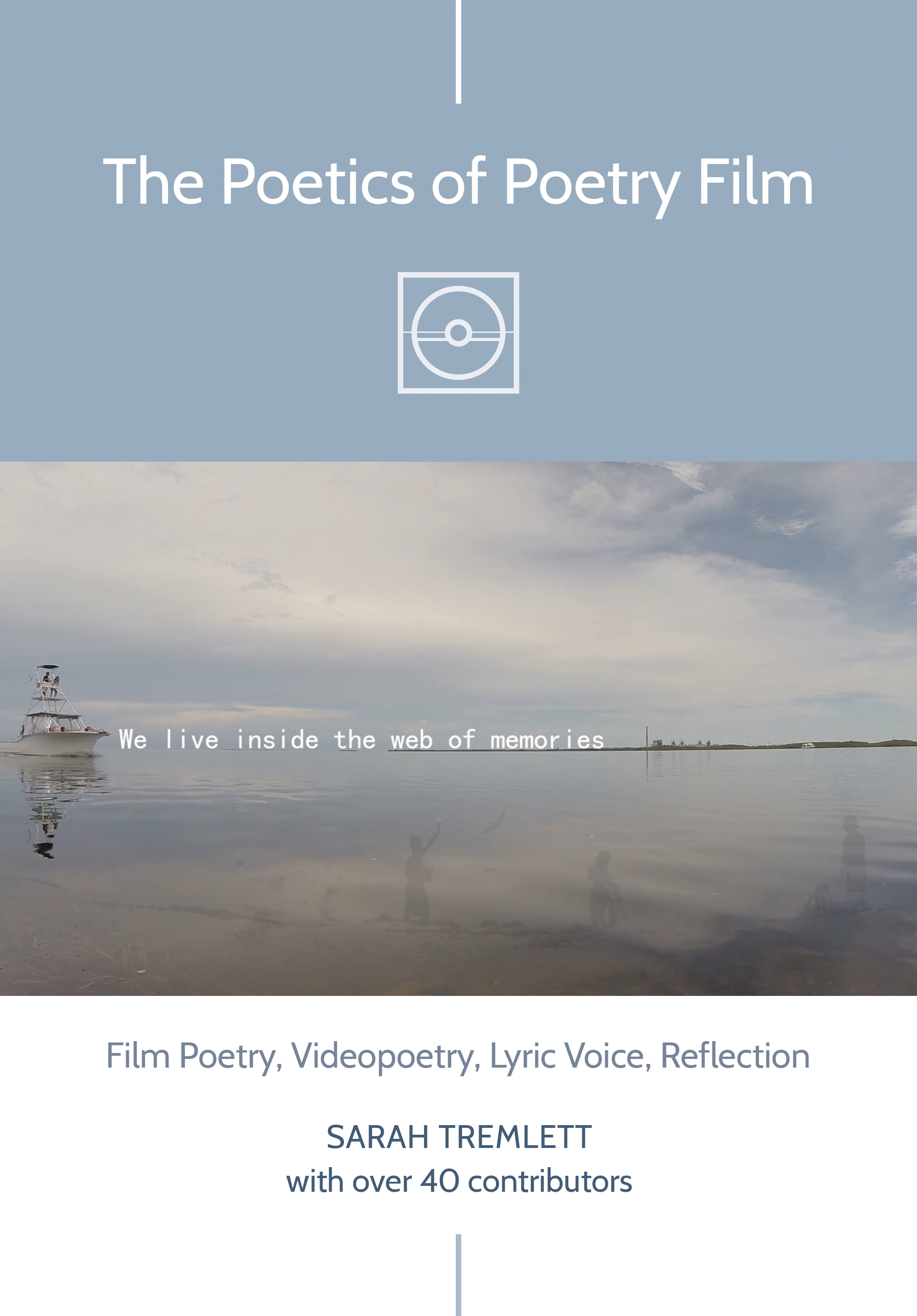
The Poetics of Poetry Film
Set to generate and influence discussions in the field for years to come this is an encyclopaedic work on the ever-evolving genre of poetry film. It will set the benchmark for all subsequent works on the subject being the first book of its kind.
Poetry films are a genre of short film usually combining the three main elements: the poem as verbal message; the moving film image and diegetic sounds; and additional non-diegetic sounds or music which create a soundscape. This book examines the formal characteristics of the poetic in poetry film film poetry and video poetry particularly in relation to lyric voice and time.
Provides an introduction to the emergence and history of poetry film in a global context defining and debating terms both philosophically and materially. Examines the formal characteristics of the poetic in poetry film particularly in relation to lyric voice and time. Includes interviews analysis and a rigorous and thorough investigation of the poetry film from its origins to the present. This is a very important groundbreaking work on film poetry. The ideas discussed here are of great importance and the diversity and breadth of the volume is especially impressive and very useful. This book brings together in one place crucial ideas and information for practitioners students and academics and is clearly and accessibly written.
Including over 40 contributors and showcasing the work of an international array of practitioners this will be an industry bible for anyone interested in poetry digital media filmmaking art and creative writing as well as poetry filmmakers. It explores working practices processes of collaboration and the mechanisms which make these possible. It also reveals the network of festivals disseminating and theorizing poetry film and presents a compelling bibliography.
This is the most incisive and complete analysis of filmic poetry to date. It is poised to become a major text in the field.
Essential reading for academics teaching poetry filmmaking moving image film media and media poetry writing and art. Undergraduate and postgraduate students in those fields. Great potential for textbook adoption.
Also relevant to poets filmmakers visual artists graphic artists and theorists filmmakers screenwriters art historians philosophers cultural commentators arts journalists.
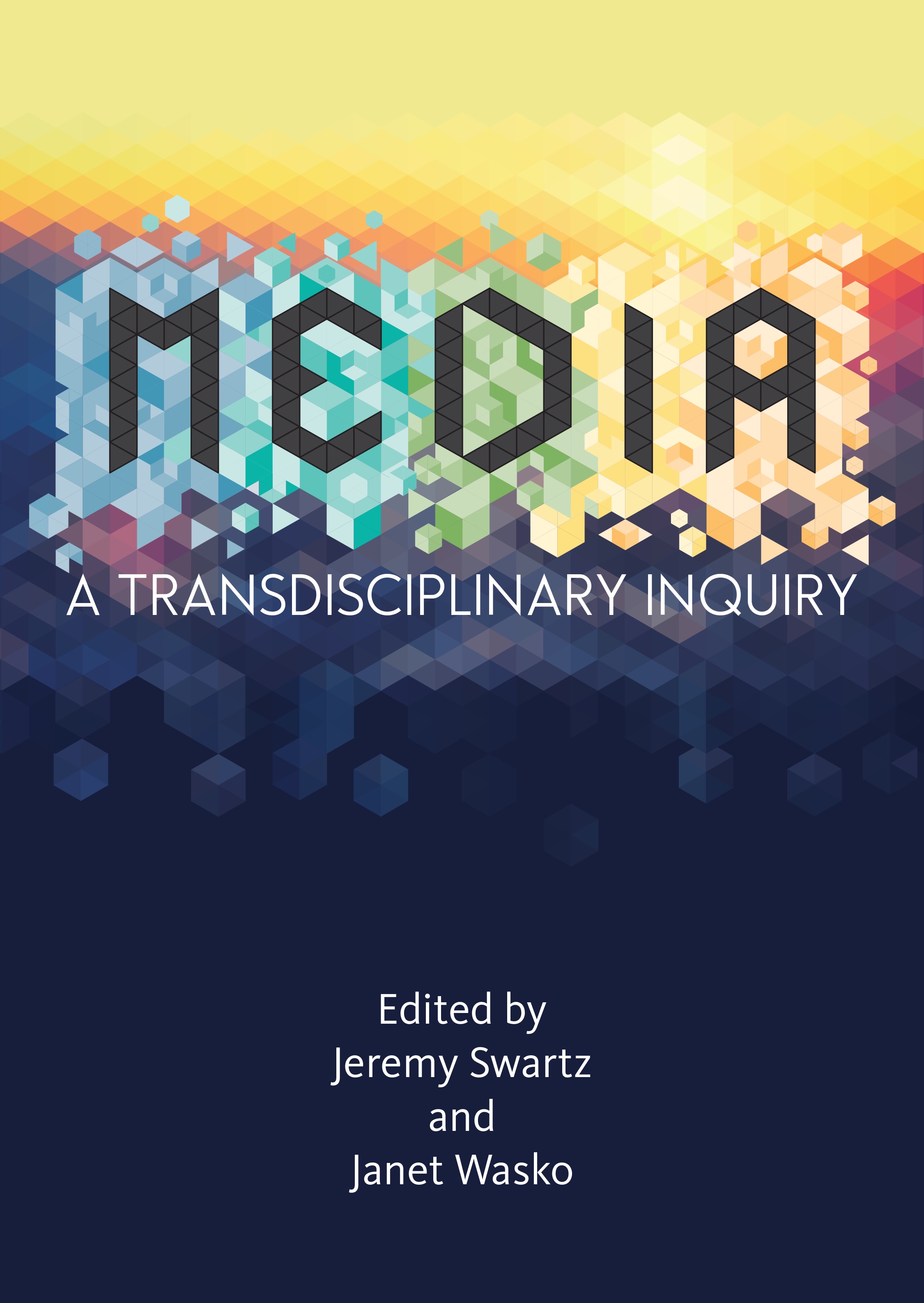
MEDIA
The first in the Media-Life-Universe trilogy this volume explores a transdisciplinary notion of media and technology exploring media as technology with special attention to its material historical and ecological ramifications. The authors reconceptualize media from environmental ecological and systems approaches drawing not only on media and communication studies but also philosophy sociology political science biology art computer science information studies and other disciplines.
Featuring a group of internationally known scholars this collection explores evolving definitions of media and how media technologies are transforming theory and practice. As the current media includes a wider and wider range of concepts products services and institutions the definition of media continues to be in a state of flux. What are media today? How is media studies evolving? How have technologies transformed communication and media theory and informed praxis? What are some of the futures of media?
The collection challenges traditional notions of media as well as concepts such as freedom of expression audience empowerment and participatory media and explores emergent media including transmedia virtual reality online games metatechnology remediation and makerspaces.
The book’s primary readership will be academics scholars and students in media and communication studies including a wide range of undergraduate and graduate courses in media studies communication studies and new media. Suitable for classroom use in the areas of philosophy of communication and media media theory media ecology cultural studies media archaeology feminist studies and political economy of communications and media.
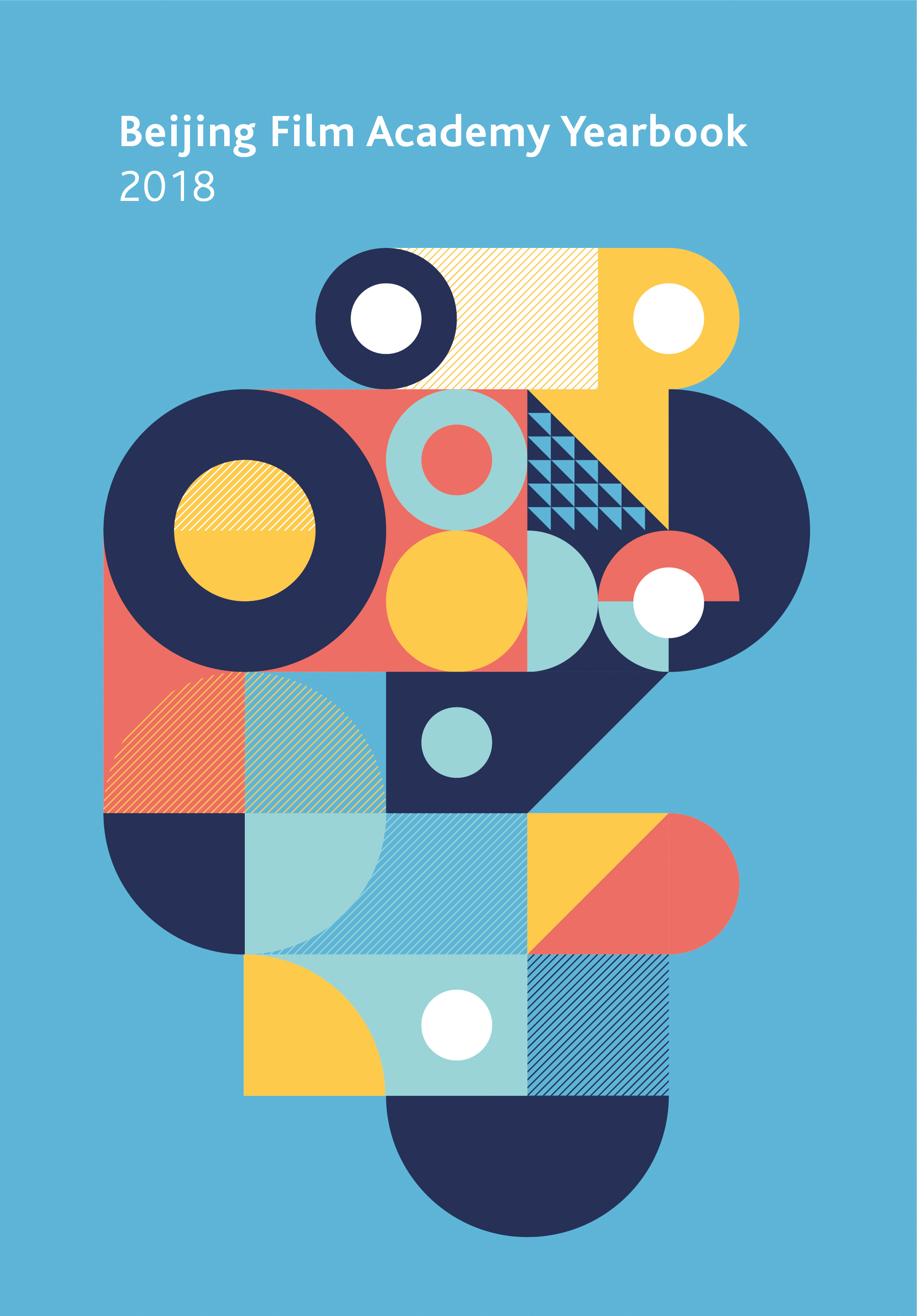
Beijing Film Academy 2018
The annual Beijing Film Academy Yearbook showcases the best academic debates discussions and research from the previous year as previously published in the highly prestigious Journal of Beijing Film Academy. This volume brings together specially selected articles appearing for the first time in English in order to bridge the gap in cross-cultural research in cinema and media studies.
The book is the latest in the Intellect China Library series to produce work by Chinese scholars that have not previously been available to English language academia. Covering the subjects of film studies visual arts performing arts media and cultural studies the series aims to foster intellectual debate and to promote closer cross-cultural intellectual exchanges by introducing important works of Chinese scholarship to readers.
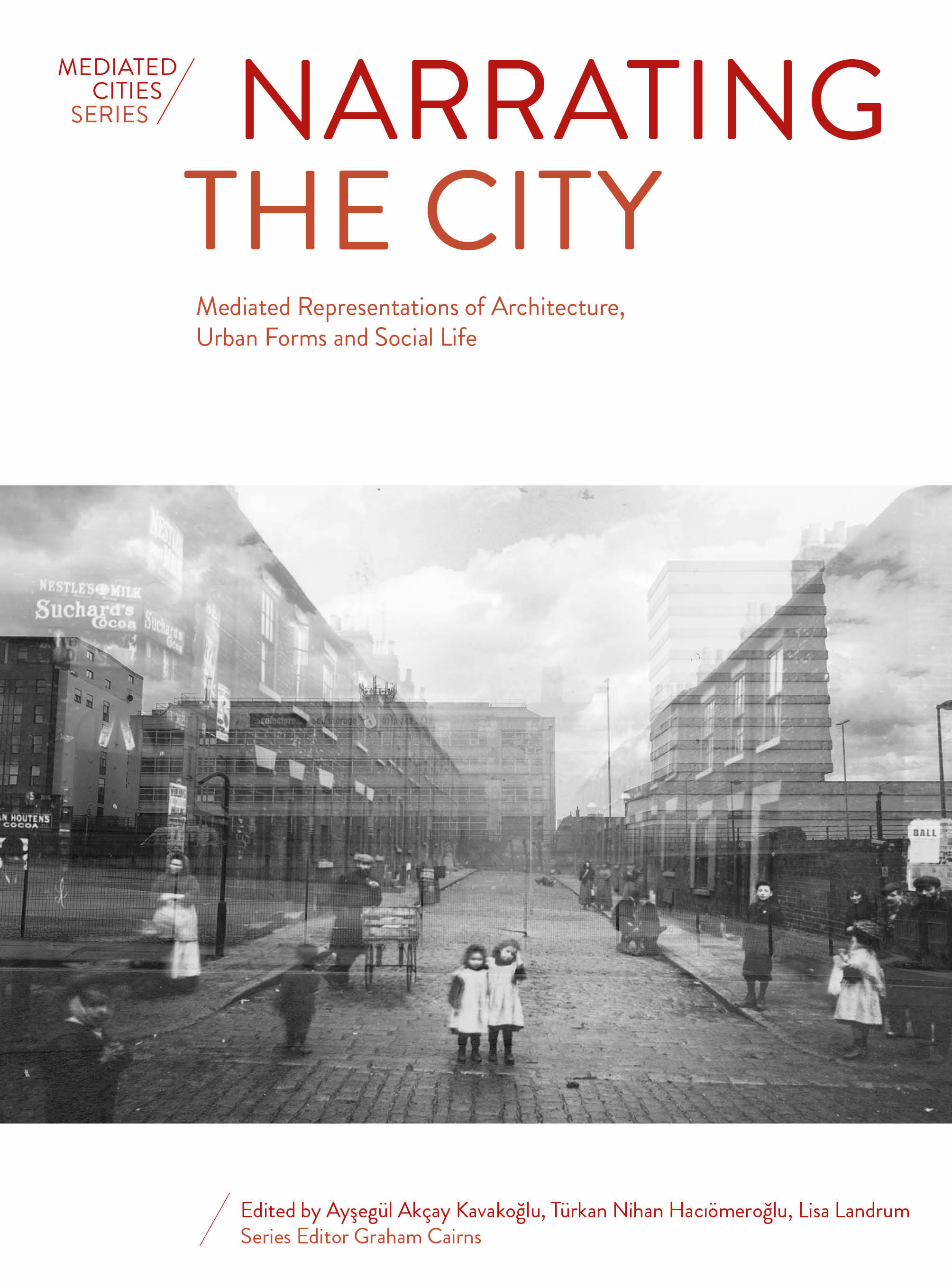
Narrating the City
Analysing a variety of international films and ultimately placing them in dialogue with video art photographic narratives and emerging digital image-based technologies the contributions explore the expanding range of ‘mediated’ narratives of contemporary architecture and urban culture from both a media and a sociological standpoint. Each chapter presents an interesting critical approach to the diversity of topics with clear explanation of the contextual framework and methodology and a consistent depth of analysis.
In the three sections of the book authors underline the continual role of film and media in creating moving image narratives of the city identifying how it creates cinematic – and ever more frequently digital – topographies of contemporary urban culture and architecture re-presenting familiar cities modes of seeing cultures and social questions in unfamiliar ways. This filmic emphasis is placed into dialogue with a more diverse range of related visual media which illustrates the overlaps between them and reveals how moving image technologies create unique visual topographies of contemporary urban culture and architecture.
In making this shift from the filmic to the new age of digital image making and alternative modes of image consumption the book not only reveals new techniques of representation mediation and the augmentation of sensorial reality for city dwellers; its emphasis on ‘narrative’ offers insights into critical societal issues. These include cultural identity diversity memory and spatial politics as they are both informed by and represented in various media.
The focus for the book is on how films can produce mediation of urban life and culture by connecting the notions of identity diversity and memory. Both the subject and the approach are gaining in popularity in recent years. This book's main feature is its dual perspective involving both practical and theoretical stances – and it is this approach that makes it a particularly relevant and original contribution.
Primary readership will be academics scholars undergraduate and postgraduate students and practitioners interested in architecture and media in general film moving images urban studies in particular. Also of relevance to sociologists and those interested in cultural theory. The inclusion of chapters on urban photography and art installations may also be of interest to students and designers in these areas.
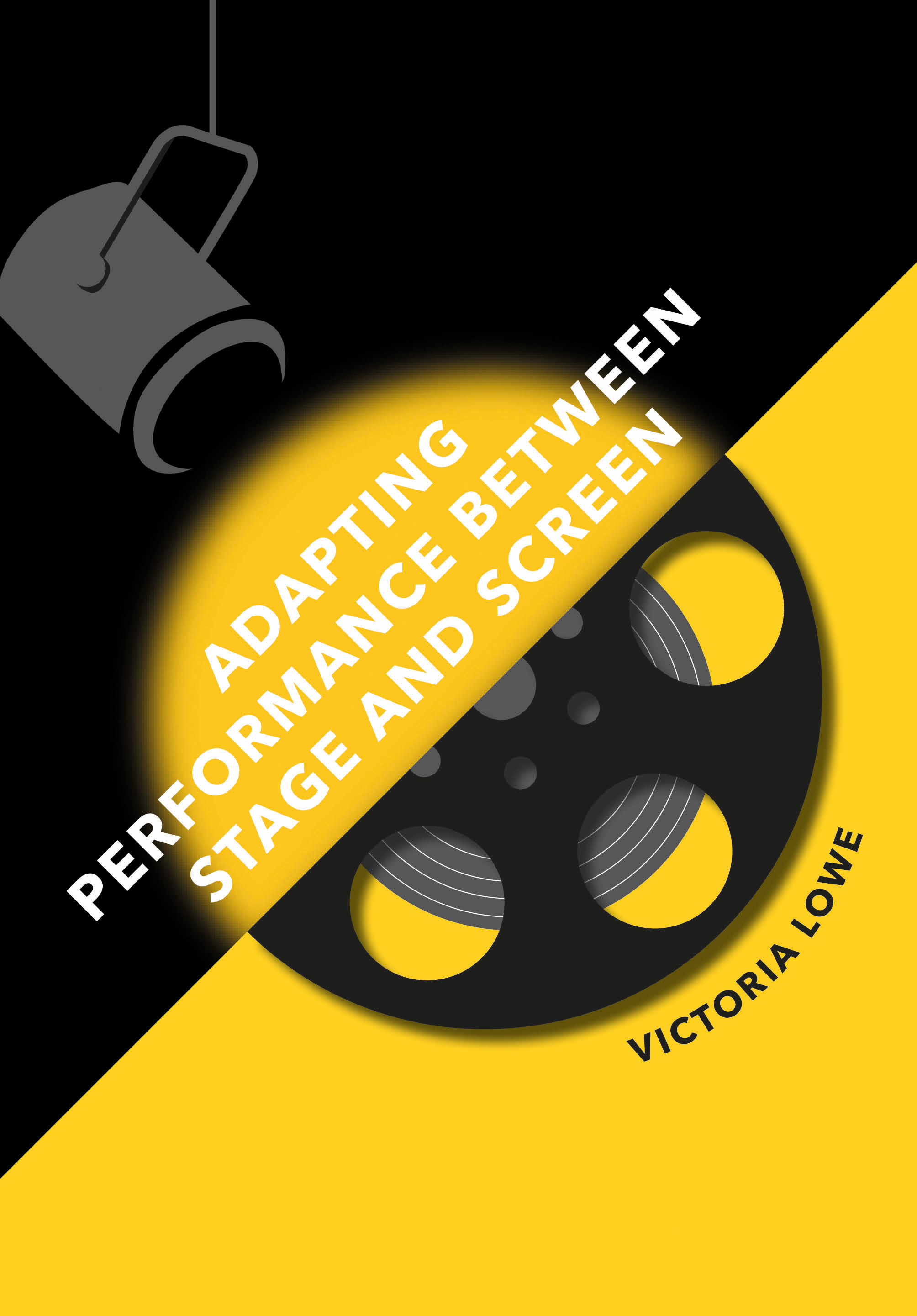
Adapting Performance Between Stage and Screen
The book offers an introduction to adaptations between stage and screen examining stage and screen works as texts but also as performances and cultural events. Case studies of distinct periods in British film and theatre history are used to illustrate the principle that adaptations can't be divorced from the historical and cultural moment in which they are produced and to look at issues around theatrical naturalism and cinematic realism.
Written in a refreshingly accessible style it offers an original analysis with emphasis on performance and event. It opens up new avenues of exploration to include non-literary issues such as the treatment of space and place mise en scène acting styles and star personas. The recent growth of digital theatre is examined to foreground the 'events' of theatre and cinema with phenomena such as NT Live analysed for the different ways that 'liveness' is adapted.
Adapting Performance Between Stage and Screen explores how cultural values can be articulated in the act of translating between mediums. The book takes as its subject the interaction between film and theatre and argues that rather than emphasising differences between the two mediums the emphasis should be placed on elements that they share in particular the emphasis on performance and the participation in an event. It uses a number of case studies to show how this relationship is affected by changes in technology – the coming of film sound the invention of live-casting – and in the nature of the event being offered to particular audiences. These examples ranging from the well-known to the obscure are all treated with relevant and knowledgeable analysis and a strong and appropriate sense of context.
The book offers a welcome overview of previous work in this area and demonstrates the importance of basing analysis on historical context as well as giving new insights into some familiar examples. Discussion ranges from Steven Spielberg and Alfred Hitchcock to Robert Lepage and Ivo van Hove. There are detailed analyses of Alfie Gone Too Far and Festen as well as authoritative analyses of NT Live performances and British New Wave cinema.
The book will be of primary interest to academics researchers teachers and students working in adaptation studies film studies and theatre studies. Written in an accessible style it will appeal to teachers and students on A-level undergraduate and postgraduate film theatre media and cultural studies courses. The chapter on digital theatres will add to the growing body of literature in this area and appeal to students and academics working on digital cultures and new media.
Live screenings of theatre events are becoming more widely available and increasingly popular including some of the productions discussed. There is potential interest for a general audience interested in British films theatre and actors.

Lesbians on Television
The twenty-first century has seen LGBTQ+ rights emerge at the forefront of public discourse and national politics in ways that would once have been hard to imagine. This book offers a unique and layered account of the complex dynamics in the modern moment of social change drawing together critical social and cultural theory as well as empirical research which includes interviews and multi-platform media analyses.
This original new study puts forward a much-needed analysis of twenty-first century television and lesbian visibility. Books addressing the representation of lesbians have tended to focus on film; analysis of queer characters on television has usually focused on representations of gay males. Other recent books have attempted to address lesbian gay and trans representation together with the result that none are examined in sufficient detail – here the exclusive focus on lesbian representation allows a fuller discussion. Until now much of the research on lesbian and gay representation has tended to employ only textual analysis. The combination of audience research with analysis in this book brings a new angle to the debates as does the critical review of the tropes of lesbian representation. The earlier stereotypes of pathological monsters and predators are discussed alongside the more recent trends of ‘lesbian chic’ and ‘lesbianism as a phase’.

The Cinematic Sublime
This interdisciplinary volume is dedicated to exploring the idea of the cinematic sublime by bringing together the disciplines of film studies and aesthetics to examine cinema and cinematic experience. Explores the idea of ‘the sublime’ in cinema from a variety of perspectives; the essays range in focus from early cinema through classical Hollywood documentary avant-garde and art cinema traditions and on to contemporary digital cinema. The book aims to apply the discussion of the sublime in philosophy to cinema and to interrogate the ways in which cinema engages with this tradition.
Offers new and exciting insights into how cinema engages with traditional historical and aesthetic discourse. Original and wide-ranging this clear and coherent volume is a useful resource for both post-graduate students and established scholars interested in the interrelations between film and philosophy. The range of material covered in the individual essays makes this a wide-ranging and very useful introduction to the topic.
A significant new contribution to the literature on Film-Philosophy. What sets this reader apart from the existing books on the subject is the wider scope. It embraces both philosophers and film scholars to consider films from throughout film history in light of theories of the sublime from throughout the history of Philosophy. In doing so it aims to demonstrate the diverse value of sublime approaches (versus a singular definition and philosophical perspective) to a wider range of films than has previously been considered.
An original and stimulating collection of essays contributing new insights into the crossover between historical and aesthetic approaches to contemporary cinema and cinematic experience.
The main readership will be academic markets including film studies and philosophy and academics with an interest in the legacies of Burke and Kant on aesthetics. Useful for teaching aesthetics through cinematic illustration and application.
Appropriate to final year undergraduate and postgraduate students with an interest in ideas at the boundaries of contemporary film studies.

American Presidents and Oliver Stone
Perhaps no current filmmaker has made more provocative films about American history than Oliver Stone. In this book Carl Freedman gives a detailed and nuanced account of the presidencies of John F. Kennedy Richard Nixon and George W. Bush as fictionalized in Stone’s biographical films JFK Nixon and W.
Offering detailed historical perspectives alongside careful aesthetic criticism Freedman explores how Stone uses melodrama tragedy and farce to transform politics into national mythology. Synthesizing film criticism with political and historical analysis the book transcends the limitations of formalism and empiricism reflecting on both Stone’s achievements as a filmmaker and American politics of the past sixty years.
Oliver Stone’s importance among filmmakers as the major chronicler of recent US history is the starting point for the analysis of his three ‘presidential’ films: JFK Nixon and W. While not claiming equal artistic merit for Stone’s films Freedman makes some comparison with Shakespeare’s history plays and draws on T.S. Eliot’s notion of ‘essential history’ to transcend the barren dichotomy of formalism versus empiricism – that is treating historical fiction as either only pure fiction with nothing to say about real history or judging it as non-fiction by the extent to which it adheres to superficial historical detail. Instead the focus is on the capacity of Stone’s films to illuminate the structural workings of history contemporary and general.
Freedman is thoroughly familiar with his subject and his meticulous attention to historical accuracy and critical attention to the films is impeccable. This book has a powerfully original focus and makes a significant contribution to the field through offering these detailed historical perspectives alongside much more careful aesthetic criticism of the films. It has the potential to become not only a great source on its subject but a model of how to approach historical fiction in general.
This is an academic study but is written in such an accessible style that it will have genuine appeal to the general reader – to anyone with an interest in cinema politics and recent history. Wide-ranging accessible and highly original American Presidents combines erudition and complex analysis with jargon-free writing and is sure to engage anyone interested in the intersection of American politics and cinema.
The academic readership will be among humanities scholars and students of film popular culture media politics political history and modern history. It will be highly relevant to undergraduate and postgraduate students studying film or modern American history and culture.

Architecture Filmmaking
Unlike other books on architecture and film Architecture Filmmaking investigates how the now-expanded field of architecture utilizes the practice of filmmaking (feature/short film stop motion animation and documentary) or video/moving image in research teaching and practice and what the consequences of this interdisciplinary exchange are. While architecture and filmmaking have clearly distinct disciplinary outputs and filmmaking is a much younger art than architecture the intersection between them is less defined. This book investigates the ways in which architectural researchers teachers of architecture their students and practising architects filmmakers and artists are using filmmaking uniquely in their practice.
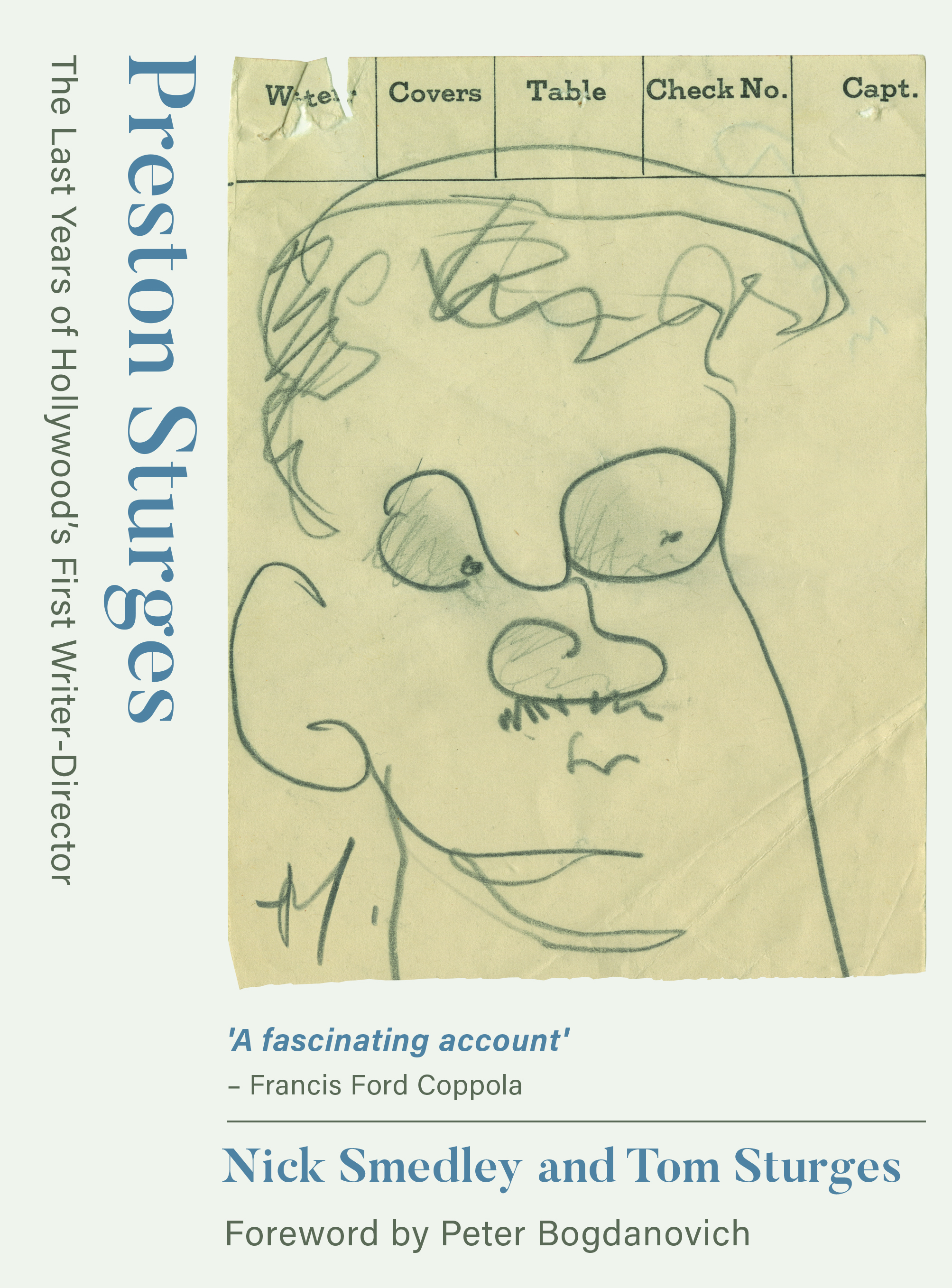
Preston Sturges
Few directors of the 1930s and 40s were as distinctive and popular as Preston Sturges whose whipsmart comedies have entertained audiences for decades. This book offers a new critical appreciation of Sturges' whole oeuvre incorporating a detailed study of the last ten years of his life from new primary sources. Preston Sturges details the many unfinished projects of Sturges' last decade including films plays TV series and his autobiography. Drawing on diaries sketchbooks correspondence unpublished screenplays and more Nick Smedley and Tom Sturges present the writer-director's final years in more detail than we've ever seen showing a master still at work – even if very little of that work ultimately made it to the screen or stage.

Exposing Vulnerability
This book explores the diversity of perspectives afforded by the emerging body of Scandinavian films produced by women. The author focuses on women filmmakers' use of their own vulnerability in representing Scandinavian experiences with globally relevant contemporary issues such as race gender mental illness bullying and the trauma of migration and highlights the frictions between the positive and negative manifestations of such vulnerability. Though Scandinavia is reputed for its ambitious and innovative film tradition film scholarship has largely ignored women’s bold contributions to the canon. Exposing Vulnerability is a cultural and socio-political analysis of contemporary film by Scandinavian women as they use their lives and work to reconfigure the cinematic the political and the ethical.
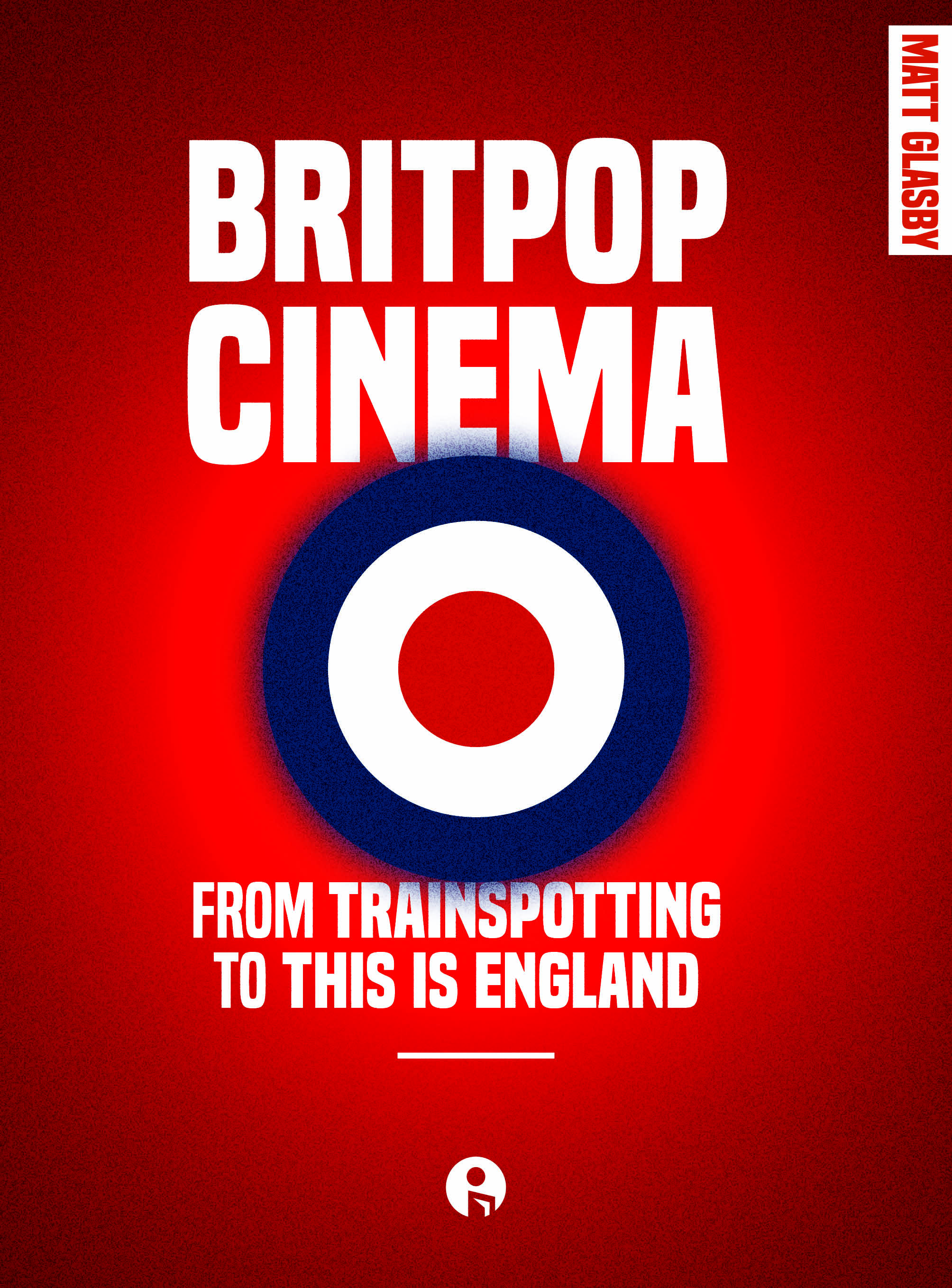
Britpop Cinema
The Britpop movement of the mid-1990s defined a generation and the films were just as exciting as the music. Beginning with Shallow Grave hitting its stride with Trainspotting and going global with The Full Monty Lock Stock and Two Smoking Barrels Human Traffic Sexy Beast Shaun of the Dead and This Is England Britpop cinema pushed boundaries paid Hollywood no heed and placed the United Kingdom all too briefly at the centre of the movie universe.
Featuring exclusive interviews with key players such as Simon Pegg Irvine Welsh Michael Winterbottom and Edgar Wright Britpop Cinema combines eyewitness accounts close analysis and social history to celebrate a golden age for UK film.

The Cultural Practice of Immigrant Filmmaking
Based on a research project funded by the Swedish Research Council this book analyses 40 years of post-war independent immigrant filmmaking in Sweden. John Sundholm and Lars Gustaf Andersson consider the creativity that lies in the state of exile offering analyses of over 50 rarely seen immigrant films that would otherwise remain invisible and unarchived. They shed light on the complex web of personal economic and cultural circumstances around migrant filmmaking and discuss associations that became important sites of self-organization for exiled filmmakers: The Independent Film Group The Stockholm Film Workshop Cineco Kaleidoscope and Tensta Film Association.
Using an innovative combination of key film theory The Cultural Practice of Immigrant Filmmaking studies immigrant filmmaking in a transnational context exploring how immigrant filmmakers use film to find a place in a new cultural situation.
The e-book of this work is licensed under CC BY-NC-ND. To view a copy of the licence visit https://creativecommons.org/licenses/by-nc-nd/4.0/
Open Access PDF of this title is available from OAPEN at this link - The Cultural Practice of Immigrant Filmmaking.

From Méliès to New Media
From Méliès to New Media contributes to a dynamic stream of film history that is just beginning to understand that new media forms are not only indebted to but firmly embedded within the traditions and conventions of early film culture. Adopting a media archaeology this book will present a comparative examination of cinema including early film experiments with light and contemporary music videos silent film and their digital restorations German Expressionist film and post-noir cinema French Gothic film and the contemporary digital remake Alfred Hitchcock’s films exhibited in the gallery post medium films as abstracted light forms and interactive digital screens revising experiments in precinema. Media archaeology is an approach that uncovers the potential of intermedial research as a fluid form of history. It envisages the potential of new discoveries that foreground forgotten or marginalised contributions to history. It is also an approach that has been championed by influential new historicists like Thomas Elsaesser as providing the most vibrant and productive new histories (2014).
